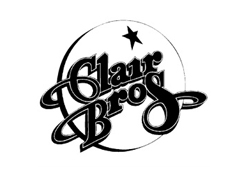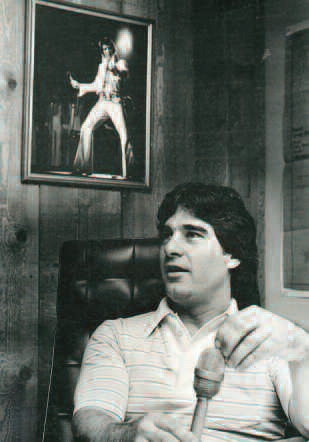
The brothers weren’t aware of other sound companies touring like they were, but assumed that they were one of the first to do so.
Touring with the Four Seasons and their continuing work at F&M necessitated a second sound system.
“In the beginning, I think we did a lot of begging and borrowing to do both accounts,” Roy adds. “Eventually we saved up enough and bought more A7’s. However, with musical tastes changing as bands got progressively louder, we realized that our A7’s weren’t adequate enough any more.
“We used some of our A7-825 cabinets, and added more power by inserting two loudspeakers in the same-sized box,” he continues. “That seems pretty straightforward by today’s standards, but back then, it was innovation. We had a slight advantage because we had a double-woofer, horn-loaded cabinet which was portable.
“We added power with the first 300 watts per channel Crown DC300 direct-coupled amplifier, purchased at the AES Show in 1968 from Clive Moore. It made us unique at the time.”
In 1968, a Cream concert at the Spectrum in Philadelphia, PA, was the now named Clair Brothers’ first large concert with 18,000 people in attendance.
“Cream was big luck for us,” states Roy. “Luck and timing rides again! Bob Kirnan, a sound and lighting technician from New York City who we met while touring with the Four Seasons, was contracted to do the show but was too busy. He recommended Clair Brothers to the show’s promoter.”
With their new Crown amplifiers, Altec Lansing cells with 288-C drivers, paired with Clair Brothers’ bass bottoms containing dual Altec woofers, they seemed to be the perfect fit for the in-the-round performance. “Coming from Lititz, PA, we were extremely low-profile up to this point,” Gene says. “That show in Philadelphia would soon change that…”
The Philadelphia promoter, the Electric Factory, soon started hiring Clair Brothers for shows, in addition to introducing them to many of the San Francisco bands that were successful at the time. They also worked for the Belkin Brothers in Cleveland, OH, doing one-off shows.
“Their particular sound was instrumental in our company’s next step,” Roy notes. “We started appearing on riders as one of the qualified sound companies for concerts, including Hanley from Boston, Kirnan from New York, McCune from San Francisco, and Swanson from Oakland. Needless to say, Clair Brothers from Lititz didn’t get a lot of attention.”
As business started to increase, the brothers quit their day jobs and focused on building Clair Brothers full-time. They hired their first full-time employees.
Roy: “We were lucky to have incredibly talented people from a rural area that wouldn’t normally be associated with the sound industry in larger cities. Donald Gehman was our first employee, who did amazing things with Clair Brothers and went on to be one of the recording industry’s best engineers (R.E.M., Still, Mellancamp).
“Ron Borthwick, with an EE degree from Penn State University, is one of the best engineers in the industry, is still working for Clair Brothers to this day. Dave Hendel, EE from Lehigh University, who moved on to a computer company. These were some of the few that gave Clair Brothers its start.”
The next four years, from 1968 to 1972, would see product development expand within the company. Many “firsts” were built by Clair Brothers, including slant monitors, four-way sound systems, electronic crossovers (built by SAE), and the Elvis aluminum hanging system.


